Estimated reading time: 6 minutes
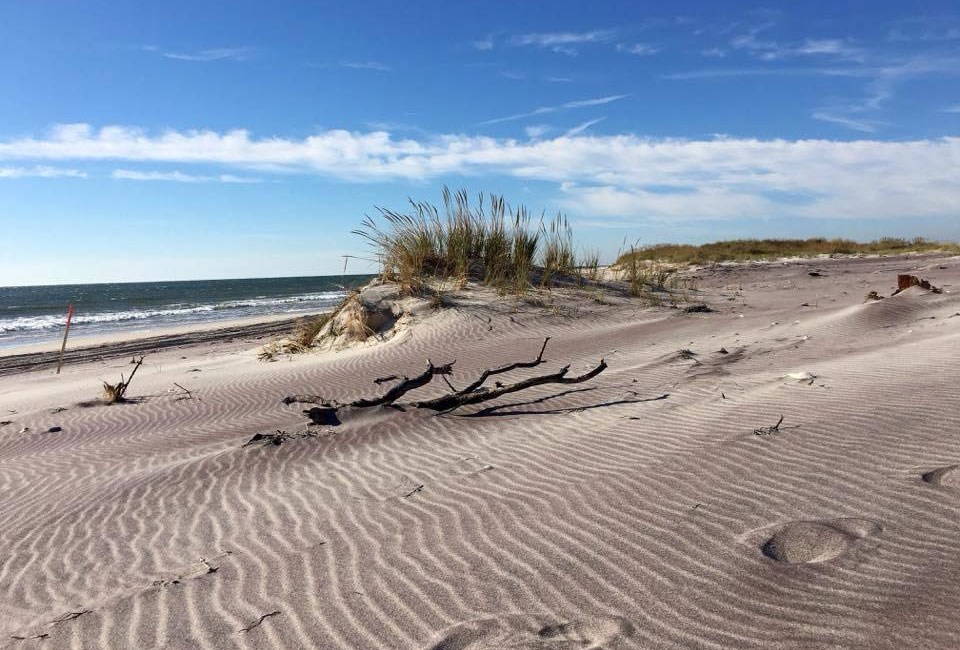
Sand is all around us, from the soft beaches we relax on to the deserts stretching across the globe. But have you ever wondered how these tiny grains come to be? The process of sand formation is a long and fascinating one, involving the natural forces of weathering, erosion, and transportation over millions of years. Let’s dive into the world of sand and explore how nature transforms large rocks into the small grains we know today.
The Breakdown Begins: Weathering
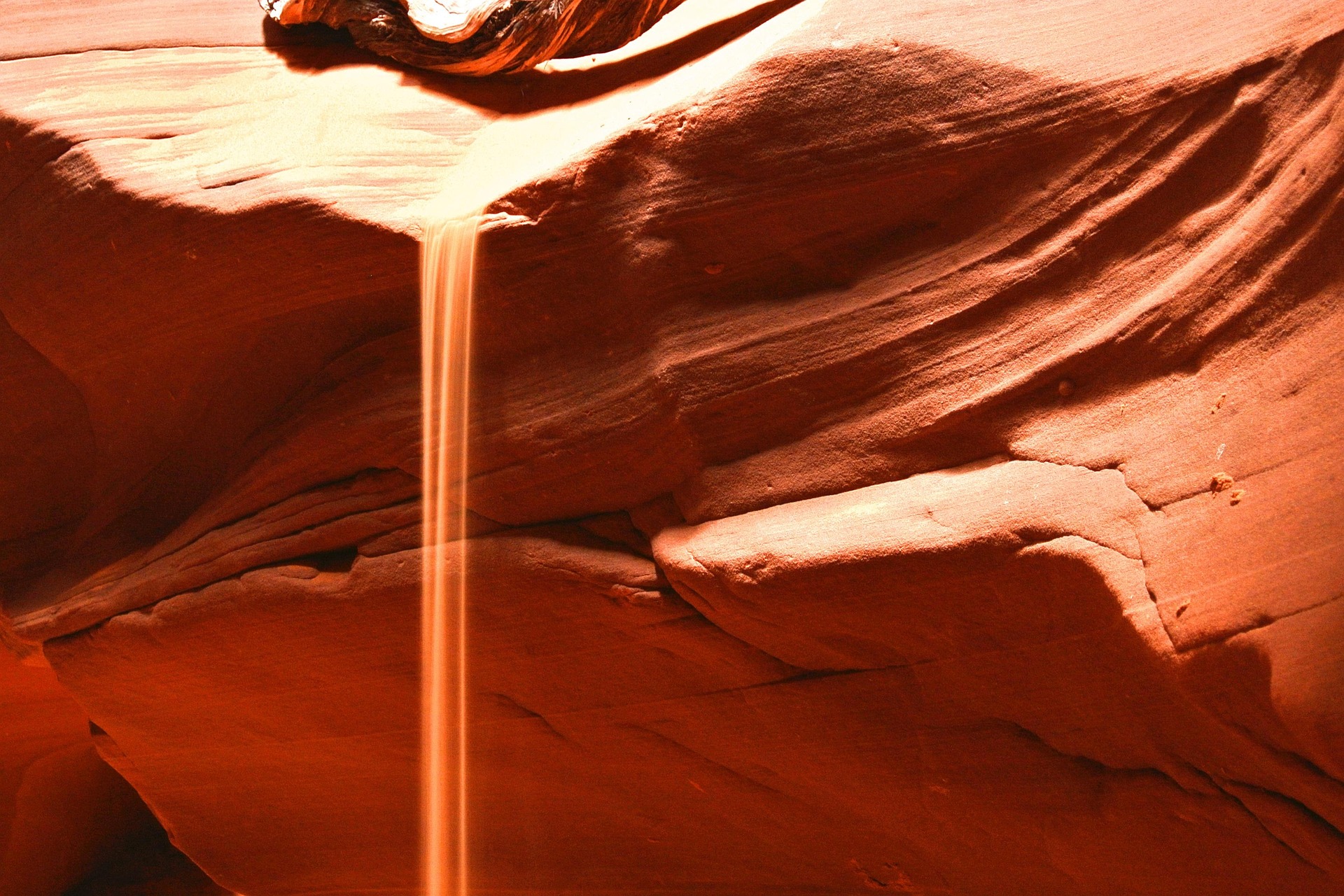
Sand starts its journey as larger rocks, like granite, quartz, or limestone, found in mountains and cliffs. These rocks don’t just turn into sand overnight—it takes thousands, even millions, of years for the process to happen. It all begins with weathering, which is the breakdown of rocks into smaller pieces. There are two types of weathering: mechanical and chemical.
Mechanical weathering happens when rocks are physically broken apart. This could be due to wind, rain, or the freezing and thawing of water in cracks. Over time, these forces cause the rock to crack and crumble into smaller and smaller pieces. Chemical weathering, on the other hand, happens when water and air react with the minerals in the rock, slowly wearing it down and changing its structure. Both types of weathering work together to create small particles that will eventually become sand.
Erosion and Movement: Sand on the Go
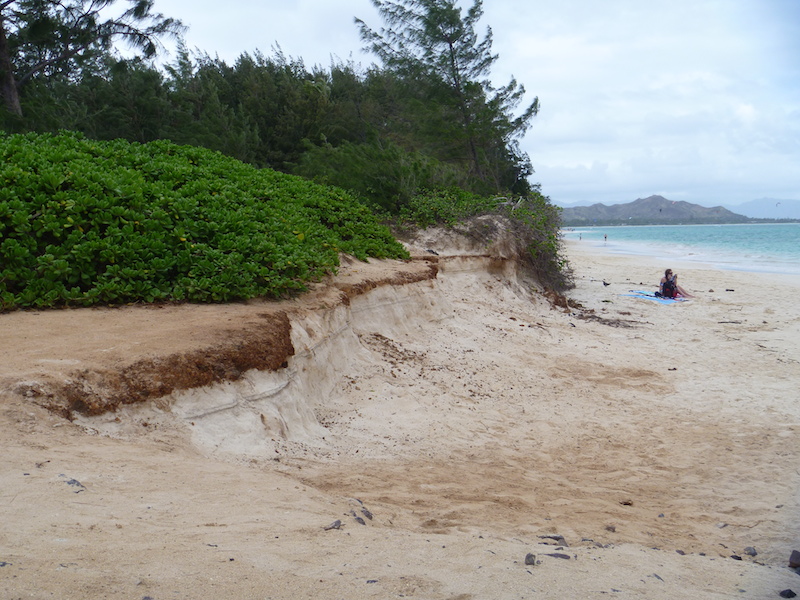
Once rocks have been broken down into smaller pieces, the next step in sand’s formation is erosion. Erosion is the process where wind, water, ice, and gravity carry the particles away from their original location. Rivers are one of the most powerful forces in transporting these rock fragments. As water flows over rocks, it picks up bits and pieces and carries them downstream. This is why rivers and streams are often the starting points of sand.
Wind also plays a major role in moving these particles, especially in dry, desert areas. As the wind blows, it lifts the tiny grains of rock and moves them across great distances, sometimes forming dunes. Waves crashing onto the shores also erode coastal rocks and carry sand along the shoreline. Gravity can even cause landslides, sending larger chunks of rock tumbling down hillsides, which can eventually break into smaller grains. All of these forces combine to move sand from one place to another.
From Rock to Sand: The Final Transformation
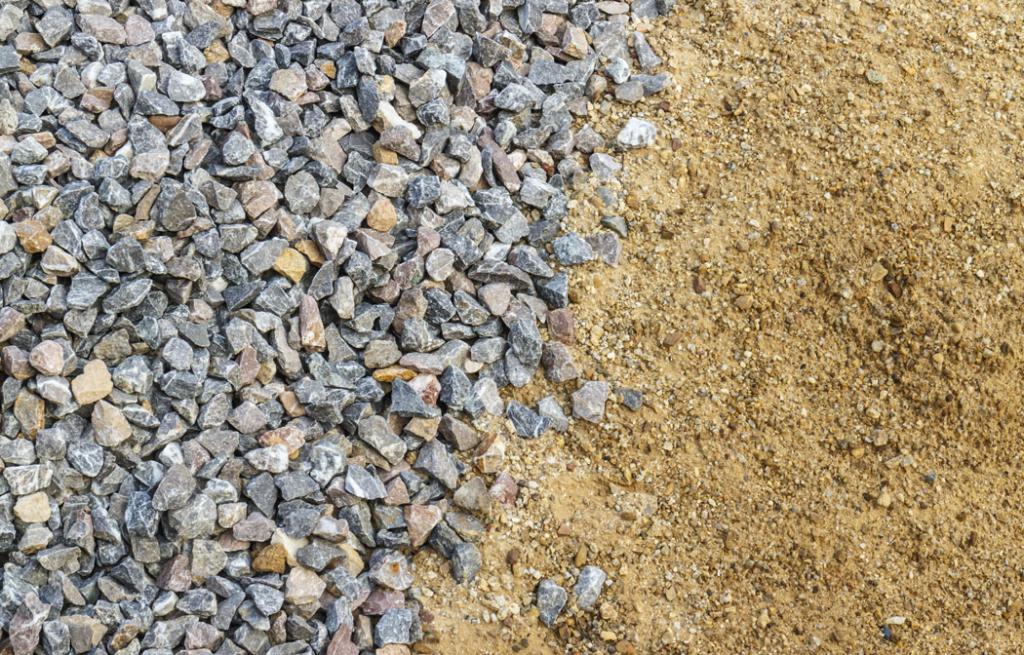
Now that we’ve seen how rocks are broken down and transported, it’s time to understand how these particles become sand. Sand is typically made up of minerals like quartz, which is one of the most common materials found in the Earth’s crust. Quartz is hard, resistant to weathering, and can survive the long journey from rock to sand. Other minerals, such as feldspar or even volcanic glass, can also be found in certain types of sand, giving it different colors and textures.
As these particles are transported by water, wind, or ice, they are gradually worn down, or “rounded,” into smooth, tiny grains. The further they travel, the smoother and more uniform they become. Over time, these grains settle on riverbanks, beaches, and deserts, where they collect to form sand. This is why the sand you see on a beach may look smooth and round, while sand in the desert might be rougher or more angular.
Sand Around the World: Unique Formations
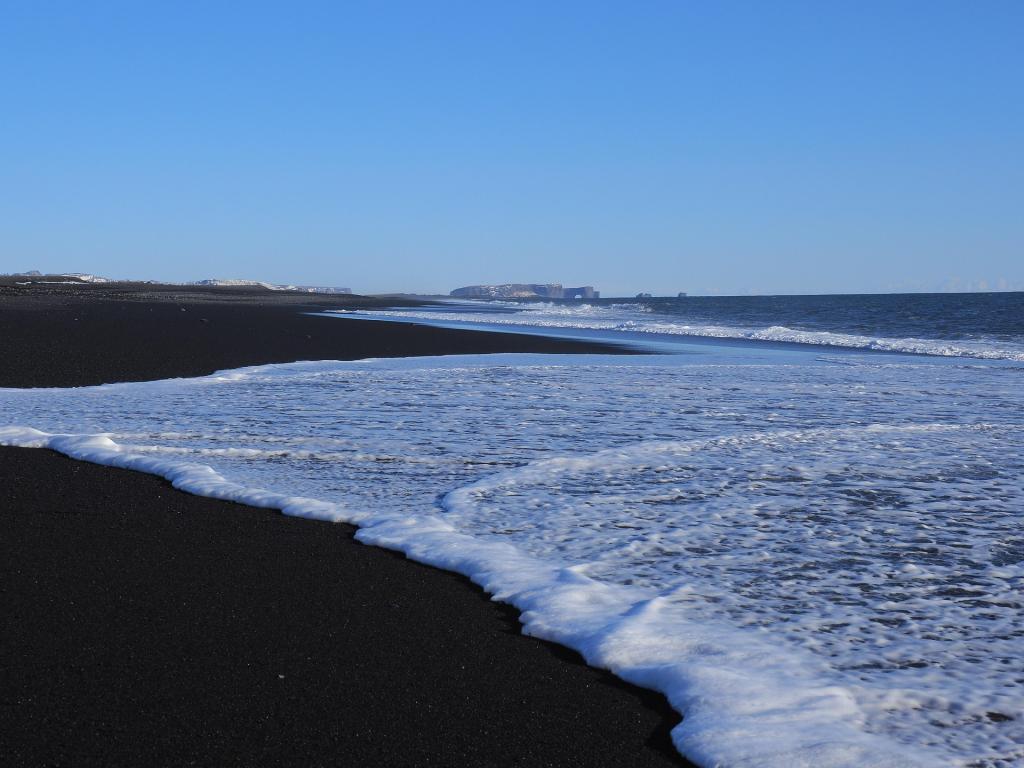
Not all sand is the same. The environment where sand forms plays a huge role in what it looks like and what it’s made of. Beach sand, for example, often has a high percentage of quartz because quartz is durable and can withstand the constant pounding of waves. Some tropical beaches, like those in Hawaii, may have black sand, which is made from volcanic rock. Other beaches might have white sand, composed mainly of shells and coral fragments, giving them their bright color.
In deserts, sand can take on different shades depending on the type of rock from which it originated. Red sand in the deserts of Australia, for instance, gets its color from iron oxide, the same material that gives rust its reddish hue. Each type of sand tells a story about the geological processes and environments that shaped it.
Why Sand Matters
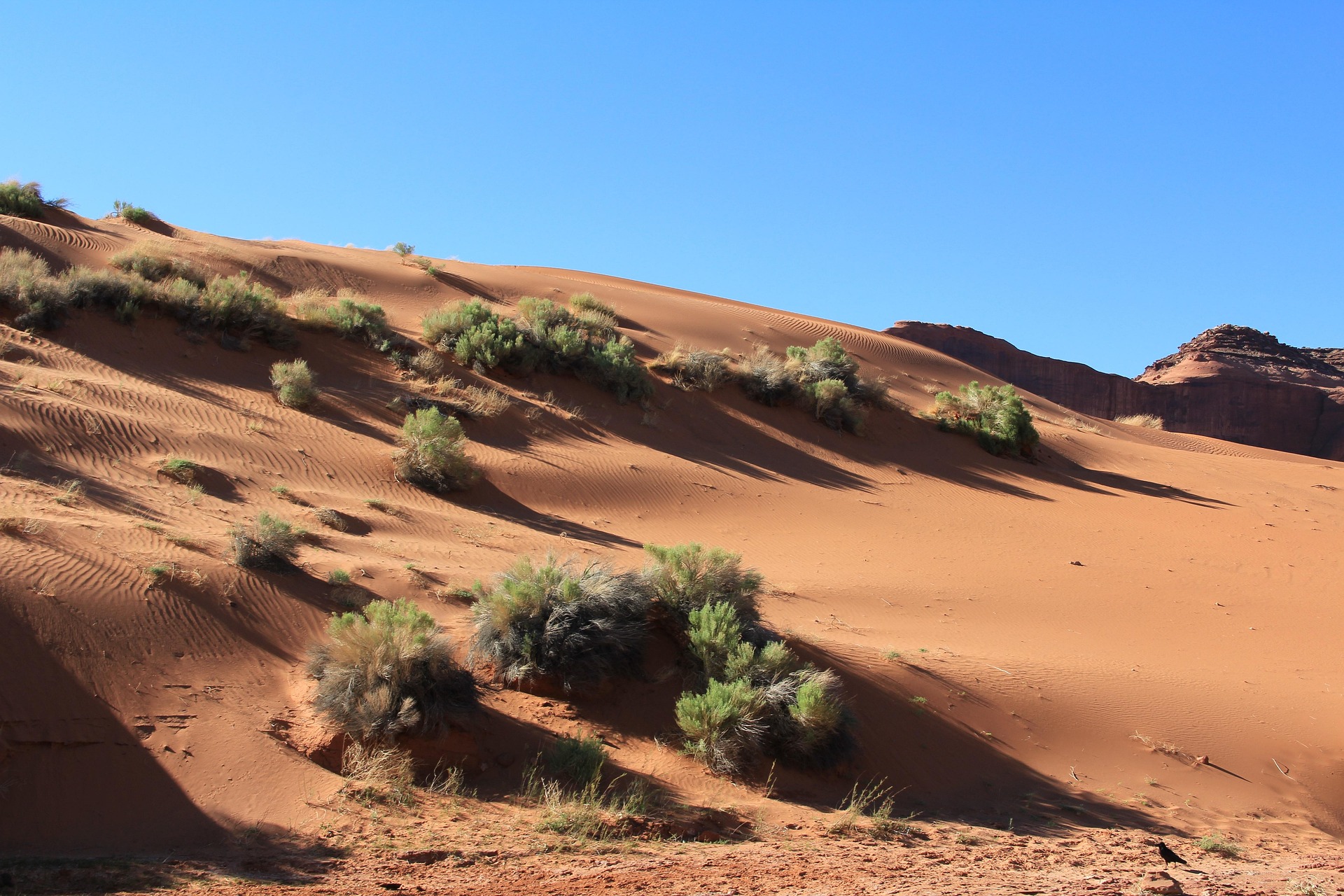
You might be wondering, “Why does sand matter?” Well, sand isn’t just for building sandcastles! Sand is used in a wide variety of industries and products. It’s an essential component in making glass, concrete, and asphalt. Without sand, we wouldn’t have many of the materials we use for buildings, roads, or even our smartphone screens. Sand also plays a vital role in protecting coastlines from erosion, creating habitats for many animals, and acting as a natural filter for water.
So the next time you walk barefoot across a sandy beach, think about the incredible journey that those tiny grains have taken to get there. Sand may seem simple, but it’s a key part of our planet’s natural processes, and it plays a bigger role in our everyday lives than you might think.
From towering mountains to the smooth grains under your feet, the journey of sand formation is long and complex. It’s a story of weathering, erosion, and transformation. Through the power of wind, water, and time, sand is shaped and transported across the Earth, creating the beautiful landscapes we see today. Understanding how sand is formed helps us appreciate the world around us, showing us that even the smallest things, like grains of sand, have fascinating stories to tell.

